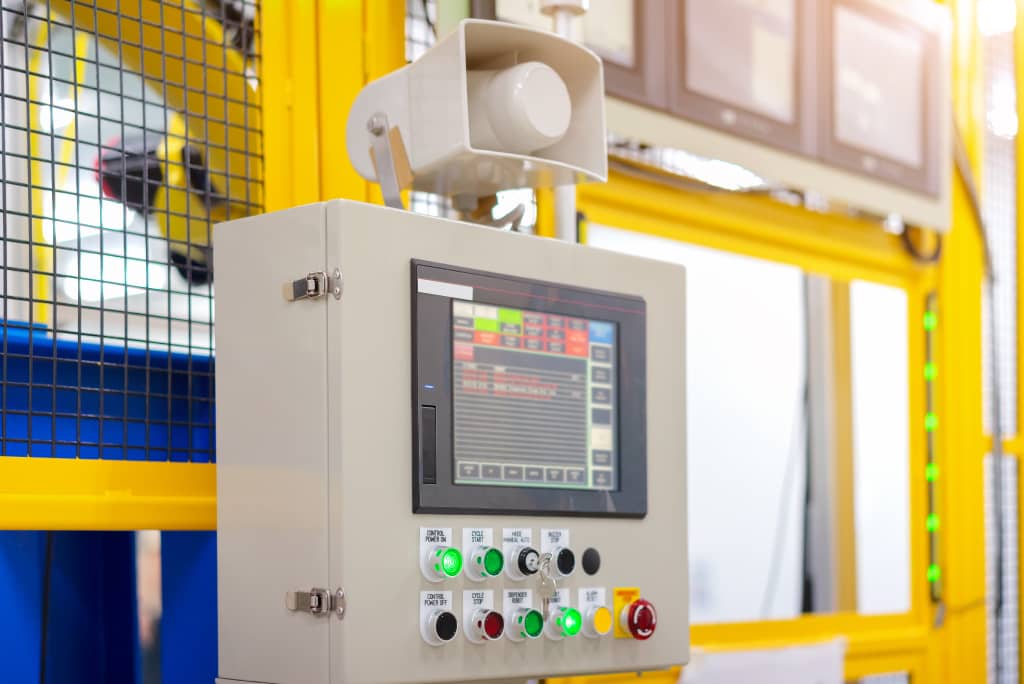Implementing a SCADA system provides industries with enhanced control, efficiency, and visibility, leading to improved productivity, cost savings, and a safer working environment.
RECENT POSTS

Implementing a SCADA system provides industries with enhanced control, efficiency, and visibility, leading to improved productivity, cost savings, and a safer working environment.
Designing a Supervisory Control and Data Acquisition System
(SCADA) for industries involves careful planning and consideration of various
factors to ensure efficiency, reliability, and security. Here’s a step-by-step
guide on how to properly design a SCADA system for industries:
- Understand Industry Requirements:
- Begin by thoroughly understanding the specific requirements and processes of the industry where the SCADA system will be implemented.
- Engage with relevant stakeholders, including engineers, operators, and management, to gather input on their needs and expectations.
- Identify Objectives and Key Performance Indicators (KPIs):
- Clearly define the objectives of the SCADA system. Determine what you want to achieve, such as improved process control, reduced downtime, increased productivity, or enhanced safety.
- Identify Key Performance Indicators (KPIs) to measure and track the success of the SCADA implementation.
- Select SCADA Architecture:
- Choose the appropriate SCADA architecture based on the size and complexity of the industrial system.
- Options include centralized, distributed, and hybrid architectures. Select the one that suits the specific industry and its operational requirements.
- Network Infrastructure:
- Design a robust and secure network infrastructure to ensure smooth communication between SCADA servers, HMIs, and field devices.
- Consider using industrial-grade Ethernet switches, routers, and firewalls to ensure data integrity and protection.
- Hardware and Software Selection:
- Choose reliable and suitable hardware components, such as SCADA servers, HMIs, Programmable Logic Controllers (PLCs), Remote Terminal Units (RTUs), and sensors.
- Select SCADA software that aligns with industry requirements and provides necessary features for data acquisition, monitoring, and control.
- Data Acquisition and Communication Protocols:
- Implement efficient data acquisition protocols, such as Modbus, OPC-UA, or MQTT, to collect data from various sensors and devices.
- Ensure seamless communication between SCADA components for real-time data transfer.
- HMI Design and Visualization:
- Design intuitive and user-friendly Human-Machine Interfaces (HMIs) to present data and control options to operators effectively.
- Use appropriate visualization tools, such as graphs, charts, and alarms, to provide relevant information at a glance.
- Data Storage and Historian:
- Select a reliable database system to store SCADA data and historical information for analysis and reporting.
- Implement a historian system to record time-series data for performance evaluation and troubleshooting.
- Alarm Management and Notification:
- Establish a robust alarm management system with clear priorities and notification mechanisms for critical events.
- Avoid alarm flooding and ensure operators can respond promptly to important alarms.
- Cybersecurity Measures:
- Implement comprehensive cybersecurity measures to protect the SCADA system from potential cyber threats.
- Use strong authentication, encryption, and network segmentation to safeguard data and control systems.
- Redundancy and Failover:
- Introduce redundancy for critical components to ensure continuous operation in case of hardware or software failures.
- Implement automatic failover mechanisms to switch to backup systems seamlessly.
- Testing and Validation:
- Thoroughly test the SCADA system in a simulated environment before deploying it in the industry.
- Conduct testing and validation to identify and rectify any potential issues.
- Training and Documentation:
- Provide comprehensive training to operators, engineers, and maintenance staff to ensure they can effectively use and maintain the SCADA system.
- Create detailed documentation, including system architecture, configuration settings, and troubleshooting guidelines.
- Regular Maintenance and Updates:
- Establish a proactive maintenance plan to ensure the SCADA system operates efficiently and reliably.
- Regularly update software, firmware, and security patches to address vulnerabilities.
- Compliance and Regulations:
- Ensure the SCADA system complies with relevant industry standards, regulations, and safety guidelines.
similar posts
Navigating the Complexities of Industry 4.0 with FactoryTalk Optix Manufacturing Software
...
Solving Labor Shortage Issues with Automation and Manufacturing Operations Management Software
...
Preventing Downtime and Maximizing Equipment Efficiency with the Best Manufacturing Software
...
Preventing Errors and Improving Safety: The Role of the Best HMI Programming Software in Implementing Proper User Access Controls
...
Certifications
Contact Us
© All contents copyright © 2024 by Pacific Blue Engineering













